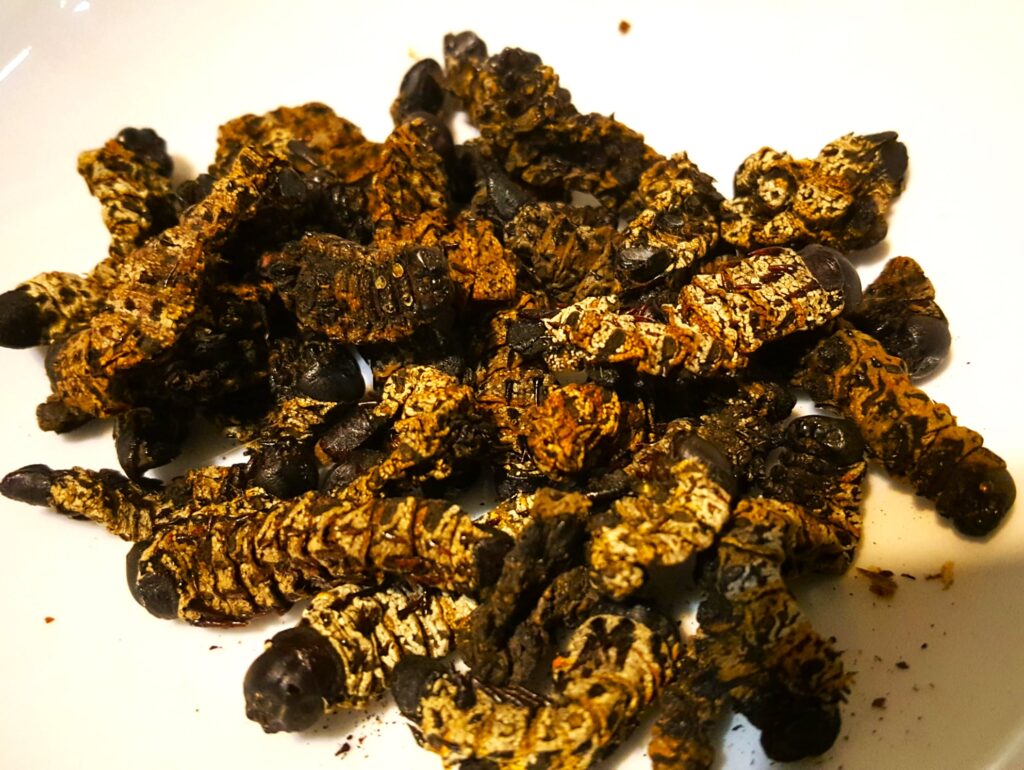by
Mwizenge S. Tembo, Ph. D.
Emeritus Professor of Sociology
The dictionary definitions of “exotic” are many: “introduced from another country : not native to the place where found” “exotic plants… exotic species creating havoc when introduced into new environments.” “strikingly, excitingly, or mysteriously different or unusual exotic flavors” “ of or relating to striptease : involving or featuring exotic dancers exotic dancing; an exotic nightclub.”
I am not sure I should call the Zambian traditional foods I enjoy exotic. Exotic to whom? The foods were not introduced from somewhere else. The foods do not create havoc but instead create culinary pleasure for me and a large population of Zambians. In some cases, I never developed a taste for them when I was young but I am developing that taste now. These foods are only exotic to non-Zambians and especially Europeans when they first arrived here in Zambia in Southern Africa in particular and the entire African continent in general in the 1700s and 1800s during colonialism.
I went to the market and bought finkubala which is the most popular name. But we call them matondo in Tumbuka. I was aware of two types; these blackish ones and the big green ones. Both grow and thrive on tree leaves. The green ones thrive in the mutondo tree leaves.

They are generally cured by boiling them, salting, and sun drying them until they are brittle dry. They are delicious when you eat them as a snack tossing them into your mouth just you do with peanuts. They are even better when you pair them with nshima. Someone to day suggested that they add onion and tomato to finkubala. Is this true? I thought that would make them soggy and unpalatable. Let me know how you eat finkubala or if you eat them at all.
January 12, 2022